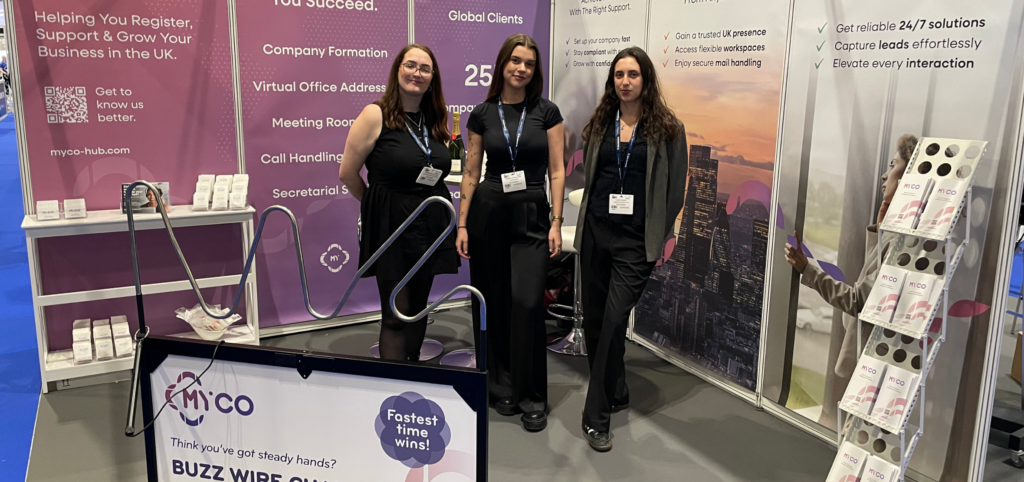Dec 23rd 2025

Article By Coconut
Making Tax Digital (MTD) will be here before we know and with it comes a whole world of rumours, confusion and myths. Here, we bust some of the most common so you know exactly what to expect.
Myth 1: MTD means I need to submit a tax return every three months.
Not true. While you do need to submit quarterly updates, they’re not full tax returns. Instead, think of them as snapshots of your business figures throughout the year.
Myth 2: I need to hire an accountant.
You can file yourself. In fact, HMRC has tried to make MTD ITSA as easy as possible, so there is no need for an accountant. You will still need to have some knowledge of what is required but you don’t need a professional. That being said, some people may choose to use an accountant for peace of mind.
Myth 3: I have to use complicated accounting software.
Absolutely not. The best software is the one that’s easy to use, designed for your specific needs and simplifies compliance, just like our partner, Coconut. HMRC has even provided a list of MTD-recognised software to help make your decision easier.
Myth 4: I can still use spreadsheets.
HMRC requires digital records so spreadsheets alone won’t be compliant – unless you use a bridging software. Remember, you can’t copy and paste entries either so if you currently only use a manual spreadsheet, you need to think about what you’re going to do.
Myth 5: MTD will make taxes harder.
Any change can feel daunting – and confusing – but MTD is being brought in to make tax easier by spreading admin across the year. Quarterly updates mean smaller and more manageable tasks.
Myth 6: Quarterly updates will be time-consuming.
Not with the right tool. In fact, it’s believed that quarterly updates will speed up tax season obligations and make the final assessment quicker and more accurate.
Myth 7: MTD won’t apply to landlords.
Landlords earning over the threshold will need to comply in the same way as self-employed professionals. If properties are owned in joint names, it will be their share of the rental income that contributes towards the thresholds.
Myth 8: I can ignore MTD until it starts.
Technically yes but ignoring any big changes will only result in a stressful scramble later down the line. Getting set up now means you have time to settle into a different process without any pressure.
Myth 9: MTD is just about compliance.
No, MTD has been designed to help you understand your finances, reduce tax surprises, keep better records, avoid penalties and make informed decisions.
Myth 10: I won’t need an app for this.
You’ll need approved software to keep digital records, categorise income and expenses, submit quarterly updates and prepare for the final assessment. Choosing software that also comes with an app can make responsibilities simpler.
MTD doesn’t have to be scary. In fact, with the right support, it can actually make your life easier.
Coconut is the easy way to sort your finances without the headache.
Built with sole traders in mind, it helps you track income, log expenses, and keep on top of your taxes – without piles of paperwork or confusing spreadsheets.
Whether you’re on site or on the move, Coconut makes it simple to know what you’re earning, what you’re owed, and how much tax you need to set aside.
Less faff, more graft.
Get started with Coconut today and take a 30 day free trial and be prepared for MTD!
See just how easy it is here!

Dec 18th 2025

Article By GoSimpleTax
Whether you’re thinking about winding down this festive season or perhaps are busier than ever, the Self Assessment deadline is approaching. This means it’s never been a better time to look over your business and its numbers – and ensure it all stacks up.
One area that deserves your attention is allowable expenses. Why? Because research released by mobile business account ANNA Money found that the average self-employed individual leaves hundreds of pounds unclaimed every year – £840 to be exact.
What’s more, one in five of those surveyed complained they are simply not sure what they can and can’t claim. So, to avoid missing out on money that’s yours, keep reading to find out how you can make sure your records are complete and accurate before filing your return.
Instead of going head first into expenses and filing, it pays to gather the core documents that are required for your Self Assessment. This includes:
Income Records
Business Expenses
Other Income
You’ll also need your Unique Taxpayer Reference (UTR) number and your HMRC sign-in details.
Lots of people underestimate their true business costs. Here’s a round-up of the most commonly forgotten expenses:
Home Office Expenses
If you work from home, you may be entitled to claim:
You can also use HMRC’s flat-rate home-working allowance if it’s easier. And there are handy tools online to help you calculate what you could claim.
Travel And Mileage
Don’t forget:
Unfortunately, commute costs to your regular workplace won’t count. But if you are travelling to a temporary or client location, it does.
Professional Fees and Subscriptions
These often get missed:
Marketing And Admin Expenses
Equipment And Tools
This includes:
When you see how many allowable expenses there are, you can understand why it’s so important to log every purchase made through your business throughout the year.
Next up, it’s time to run through your bank statements month-by-month. Ask yourself:
While many expenses are allowable, others are not. This includes:
In short, if an expense isn’t wholly and exclusively for your business, it likely won’t qualify.
While you could manually check your accounts for allowable and disallowed expenses, there is also software that does the job for you. In fact, it’s like having a digital tax assistant that ensures your return is accurate before you file, by flagging missing expenses, checking for errors and updating your tax owed in real time.
So, what are you waiting for? Leaving everything until the 31st January deadline makes self-employment more stressful than it needs to be. Run your tax health check today and file with confidence.
Income, Expenses and tax submission all in one.
GoSimpleTax will provide you with tips that could save you money on allowances and expenses you might have missed.
The software submits directly to HMRC and is the solution for freelancers, the self-employed, sole traders and anyone with income outside of PAYE to file their self-assessment giving hints and tips on savings along the way.
Get started with GoSimpleTax today, it’s free to try.
Dec 12th 2025
Last month, MYCO took part in its first Business Show at ExCel London — a chance to step out from behind the desk and meet our community face-to-face. Between the ridiculous amounts of coffee consumed and the steady stream of conversations, it was an exciting chance to showcase what we do and connect with people who share our passion for smarter support.

There are many elements of preparing for a Business Show that require a great deal of planning. For example, we definitely did not just have a buzz wire laying around beforehand… However, this only pushed us to get more creative than ever!

When we weren’t timing visitors to see who might win the challenge to win a year’s free Virtual Business Plus with the fastest completion time, we had a chance to explore the rest of the event. We spoke with current clients and partners and reached out to potential future ones. We even caught some glimpses of a few very interesting keynote talks.

When your operation at its core is a Virtual Office Address service, it is a welcome change to enjoy so much face-to-face interaction. One moment we will never forget is seeing our addresses printed on clients’ business cards – and having them handed to us in person at the event! If you got a chance to see us, thank you for stopping by and if not, don’t worry, we will keep you posted about our next business show appearance.
Let us know where you want to see us in the future!
